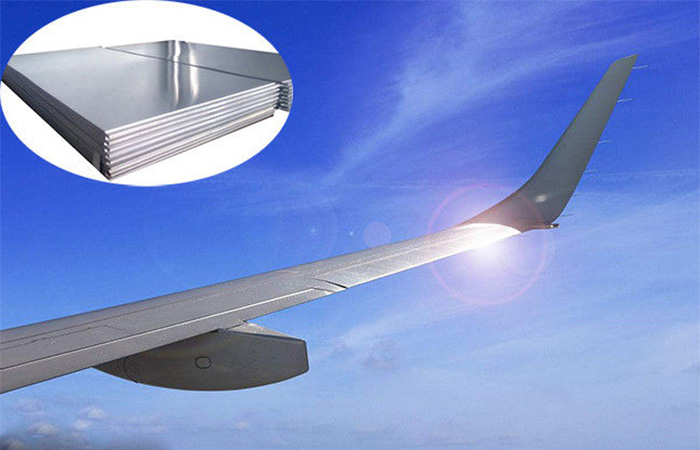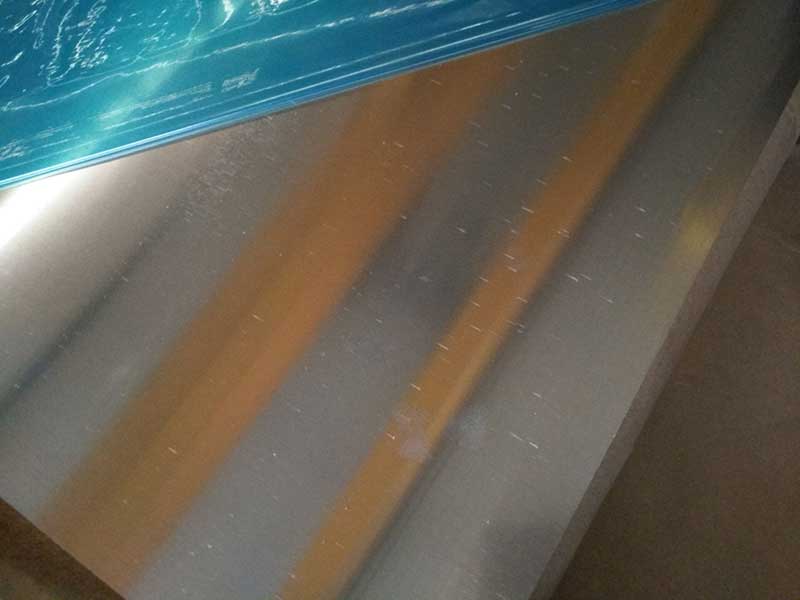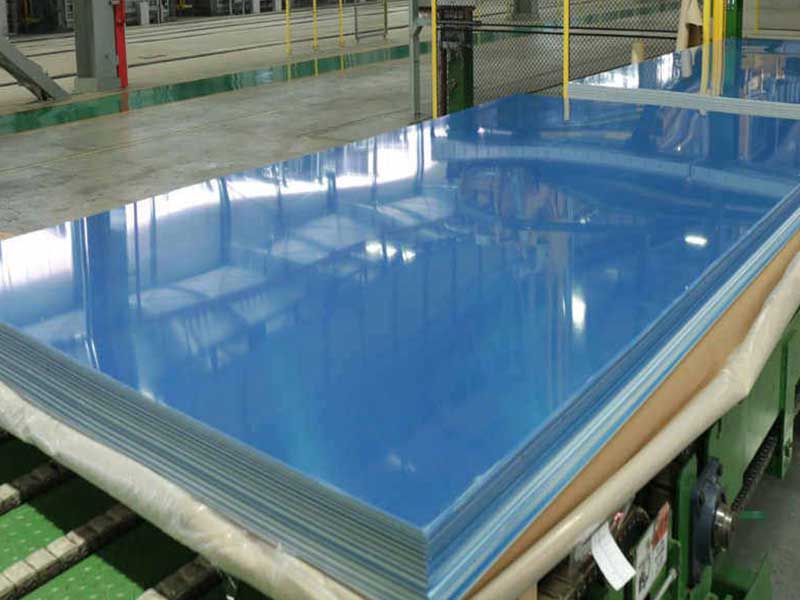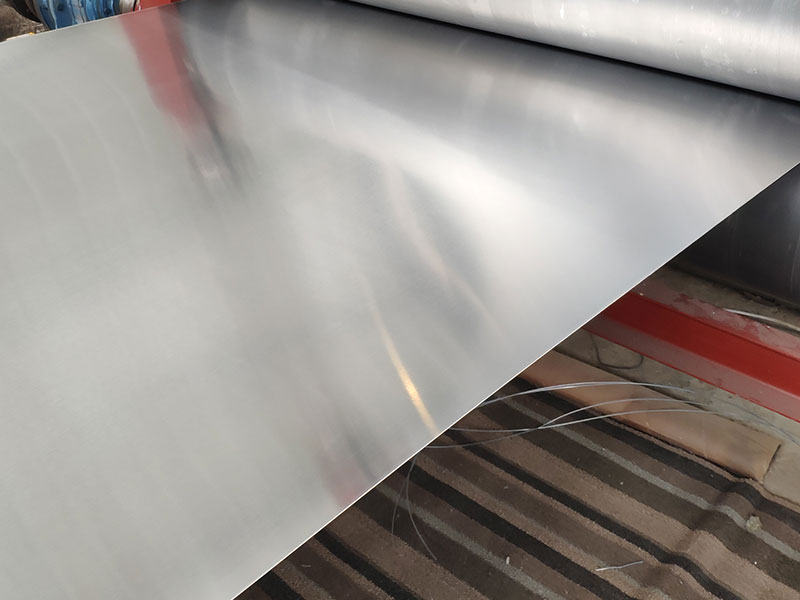Aluminum sheet 1050 1060 1070 2024 3003 5052
Aluminum sheets have become essential components in various industries, from aerospace to automotive and even arts and crafts. Among the many aluminum alloys available, 1050, 1060, 1070, 2024, 3003, and 5052 is know due to their distinct properties, chemical compositions, and aesthetic finishes. these alloys—a nuanced world filled with advantages and some limitations—could be the to selecting the right material for your next project.
The Basics of Aluminum Alloys
Before diving into the specifics, it's important to understand why different aluminum alloys coexist. Aluminum is designated by a four-digit numerical system, where the first digit indicates its primary alloying element. For example, pure aluminum products begin with a '1', while products classified under the 2xxx series typically have copper as their main alloying element.
Alright, let's talk aluminum sheet. I've been working with these alloys for years here at the plant, and I've got some strong opinions – backed by experience, of course.
The "Workhorses": 1050, 1060, 1070
1050 and 1060: Champions of Purity
The alloys 1050 and 1060 belong to the 1xxx series, which features more than 99% aluminum content. Their remarkable corrosion resistance makes them widely utilized in environments prone to oxidation.
-
1050: Averaging 99.5% aluminum, it’s renowned for its excellent workability and stock availability, common in electrical applications and chemical transport.
-
1060: This alloy contains just slightly more aluminum, 99.6%, enhancing its ductility and thermal conductivity. Industries involved in food packaging often favor it due to its ability to easily withstand various cleaning chemicals.
While 1050 is the go-to for basic applications, the versatility presented by 1060 provides customers with further options without sacrificing weight efficiency.
1070: A New Standard
Similar to the previous two alloys, 1070 also sits in the 1xxx category with about 99.7% pure aluminum content. Its defining trait is heightened corrosion resistance and excellent workability. Ideal for applications requiring elaborate forming techniques, 1070 is common in manufacturing foil and insulation, making it delightful for industries emphasizing energy conservation.
2024: The Aerospace Standard
In contrast to the previous alloys, 2024 is part of the 2xxx series, alloyed primarily with copper, which makes it appreciably stronger than the previously mentioned alloys. This high strength-to-weight ratio makes it the preferred choice in the aerospace sector, favoring lighter and more durable parts.
While it features excellent fatigue resistance, it ranks lower than 1050 or 1060 regarding corrosion resistance, necessitating preventive measures such as coating.
3003: Versatile and Lightweight
With manganese as its primary alloying element, 3003 is classified as a 3xxx alloy. It finds balance in strength and workability, capturing markets from kitchen equipment to automotive components. The unique blend of additives not only enhances resistance to corrosion but also increases its weldability and machinability.
This alloy is often celebrated for aesthetic applications; its ability to accept dyes and finishes elegantly positions it in solutions revolving around decorative equipment.
5052: The Durability Champion
Last but not least, 5052 belongs to the 5xxx series, primarily alloyed with magnesium, providing high corrosion resistance and exceptional weldability. 5052 aluminum sheets integrate robust strength, which makes them invaluable for marine environments. Not only is it used in futuristic vehicle designs due to its lightweight nature, but it's also a staple in fabric-tough components.
5052’s formability and combination of excellent corrosion resistance make it optimal for varying applications and products, including fuel tanks, pressure vessels, and structural components.
The Future of Aluminum Sheets
The progressive nature of industries will continue to unravel sought-after attributes across these aluminum sheets. Innovations in metalworking and fabrication techniques promise exciting advances in formability and versatility.
Quality remains critical; with numerous applications based on alloy accommodating everything from aesthetic demands to structural requirements, clients will benefit immensely from professional quality control measures and insight into the gray areas around alloy selection.
https://www.aluminumplate.net/a/aluminum-sheet-1050-1060-1070-2024-3003-5052.html







